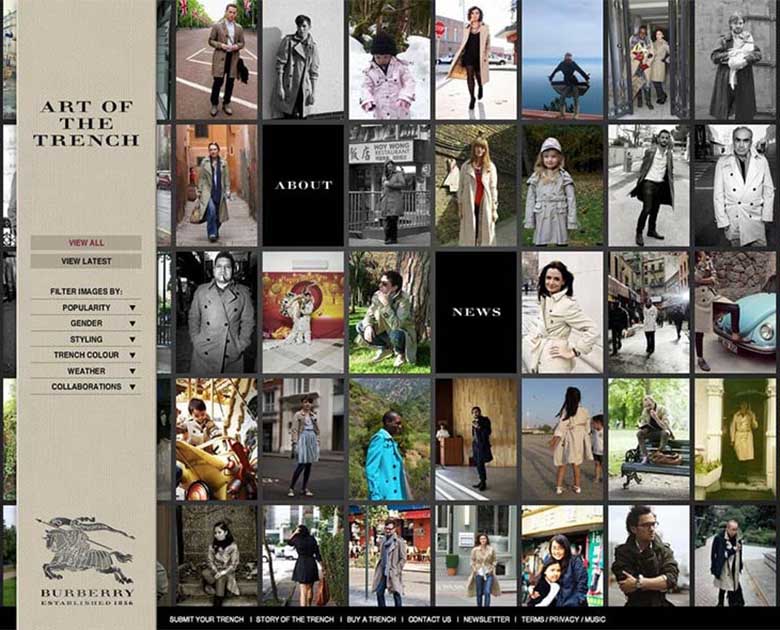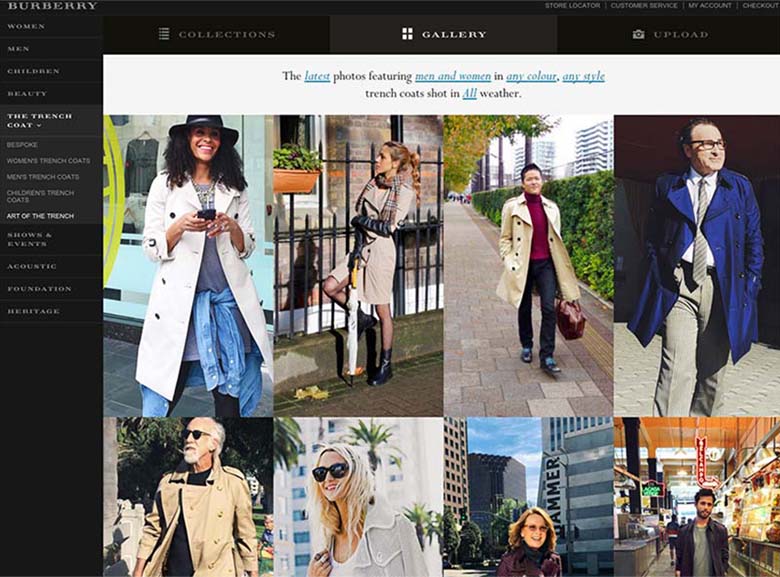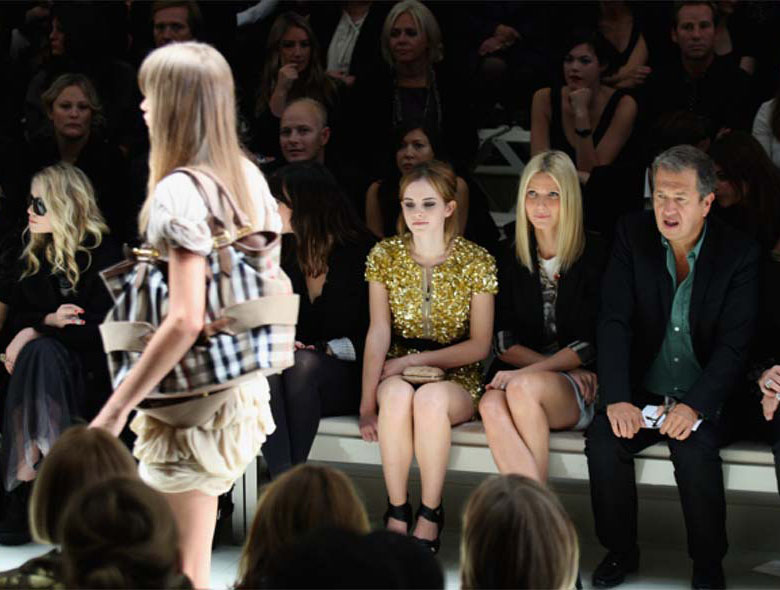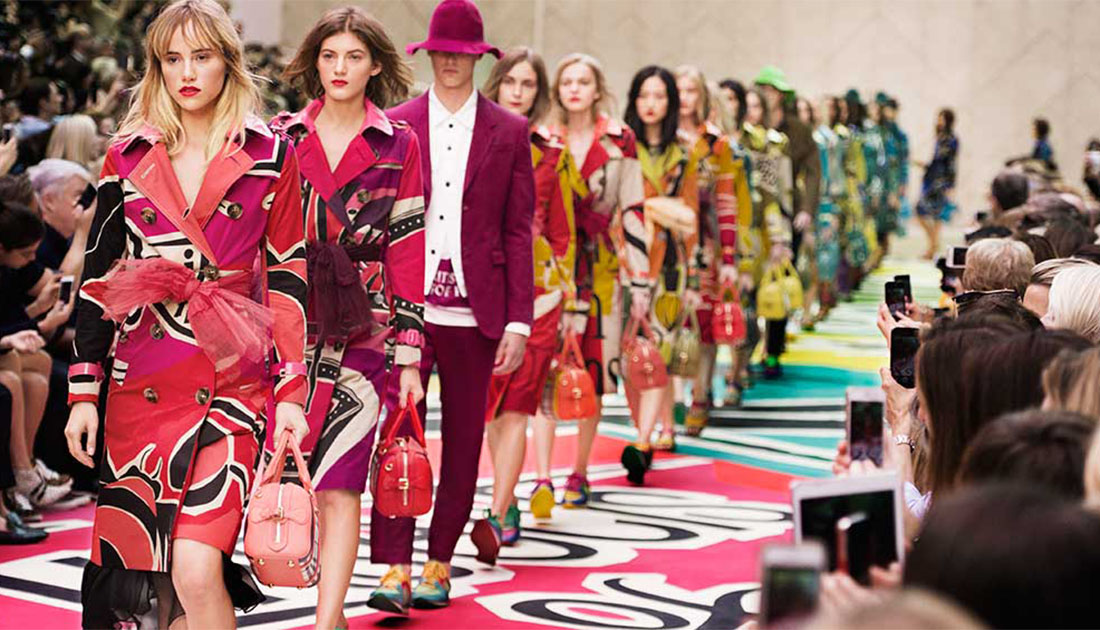A fundamental shift in thinking: Burberry becomes a digital organisation
TRULY EMBRACING THE DIGITAL SPACE
2015 saw luxury brands focus with full force on immersing themselves in the digital space, well beyond having an e-commerce platform. LVMH, the parent brand behind more than 70 luxury houses (such as Louis Vuitton, Dior, Moet & Chandon, Bvlgari to name a few) enticed Apple’s Ian Rogers to come on board to help lead the change. Luxury brands realise that they need to get serious about online in order to stay competitive. Chief Digital Officer is a new role appearing within the company structure as luxury brands build their digital business models.
The focal point of any luxury omni-channel strategy should be consumer behaviour. Today’s luxury consumers want convenience, personalisation and speed, and luxury’s retail ecosystem should be built around these new core values. Every touch point is a marketing channel, with opportunities to act as a mini-funnel, seamlessly driving customers from inspiration to purchase.*
In order to stay relevant to the high-net-worth individual’s expectations, luxury brands’ investment in digital retail sites is expected to top $2 trillion in 2016.
Digital is the way of the future and brands really need to begin the shift to becoming fully digital organisations.
Burberry is considered the most successful company to date in shifting to a digital luxury brand. In 2006, Burberry’s former CEO Angela Ahrendts and CEO Christopher Bailey declared they wanted the brand to become the first fully digital luxury company. Today digital is a core component of how the company operates. Burberry has been very progressive in a space that is known for being backward in terms of digital savviness. Some of the digital initiatives Burberry has employed in the last 10 years include:
- Turning user-generated content into its own social media platform, The Art of the Trench, which was launched in 2009. The page has now had 24.8 million page views. Since then the company has continued to test and develop social media channels.
- In 2010 during the Spring/Summer fashion show Burberry chose to live stream the event giving anyone access to the traditionally exclusive runway action. And they developed a made-to-order catwalk service which sold runway pieces from the collection online and on mobile immediately after the show for a two week period. In China Burberry tested instant orders via text message on WeChat.
- Extensive development to the company’s mobile site in 2014 which saw revenue triple.
- Every year the company invests in its annual Christmas video, the most recent was titled The Burberry Festive Film starring Romeo Beckham. The year before the video titled London with Love garnered 9.5 million views and is the fourth most watched brand video.
- Burberry created the first brand channel on Snapchat which included photos from their advertising campaign, footage of a Live in London event all curated to an Apple Music playlist.
Burberry’s goal is to bring customers closer to the brand.
It is this fundamental shift in thinking that I find so interesting. Perhaps we all need to embrace this change and become digital companies.













